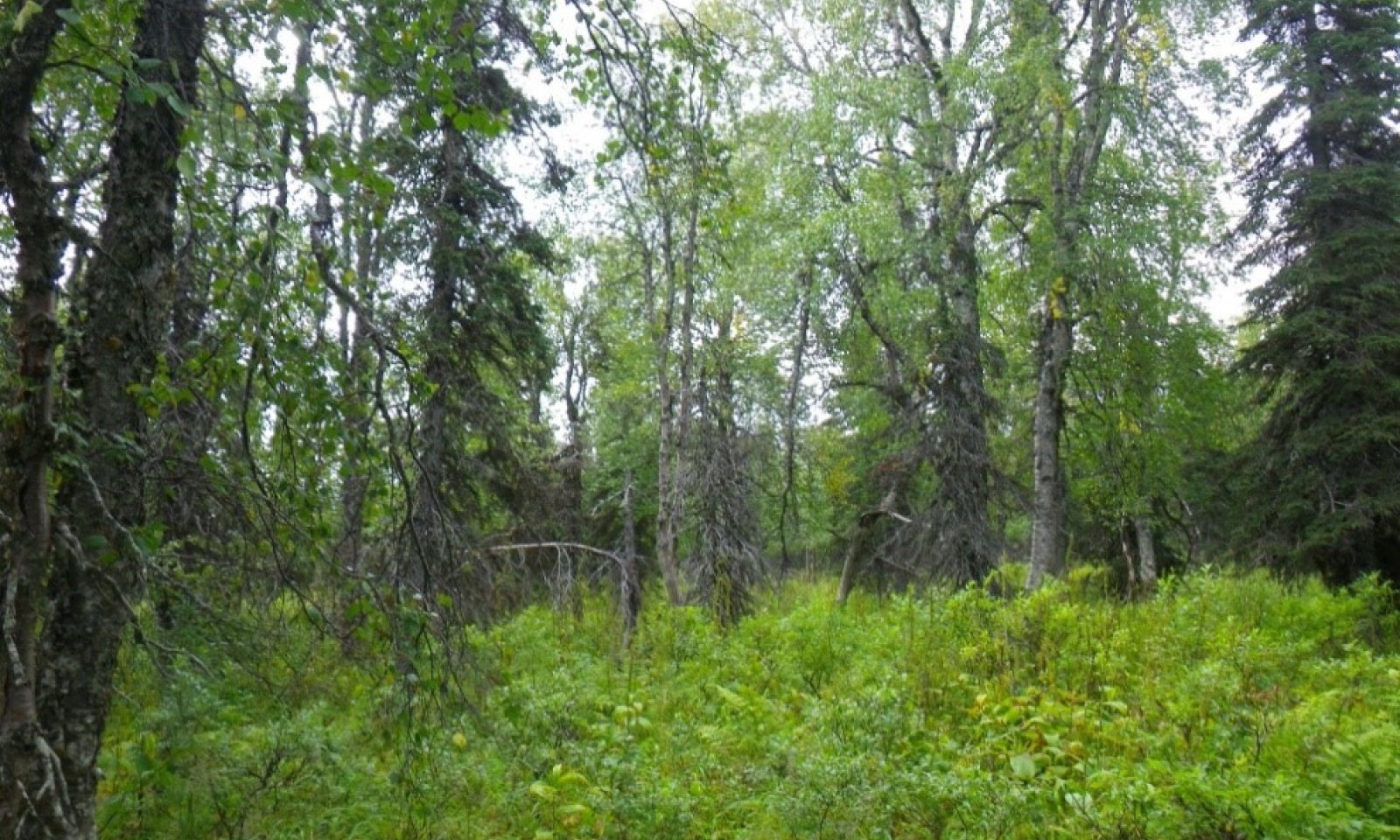
Boreal Forest Loamy Moist Slopes
Scenario model
Current ecosystem state
Select a state
Management practices/drivers
Select a transition or restoration pathway
-
Transition T1A
Cultural or agronomic pressure.
More details -
Transition T1B
Forestry.
More details -
Restoration pathway R2A
Removal of cultural or agronomic pressure.
More details -
Restoration pathway R3A
Cessation of forestry.
More details -
No transition or restoration pathway between the selected states has been described
Target ecosystem state
Select a state
State 1
Reference State


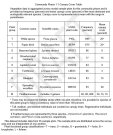
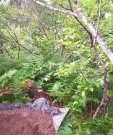

Description
The reference state supports three community phases that are distinguished by the developed structure and dominance of the vegetation and by their ecological function and stability. The reference community phase is an open mixed forest that has an understory of various shrubs, forbs, and bluejoint. The presence of each community phase is dictated temporally by windthrow or fire.
This report provides baseline inventory data for the vegetation in the ecological site. Future data collection is needed to provide further information about existing plant communities and the disturbance regimes that result in transitions from one community to another. Common and scientific names are from the USDA PLANTS database. Community phases are characterized by the Alaska Vegetation Classification System (Viereck et al., 1992).
Submodel
State 2
Cultural/Agronomic State
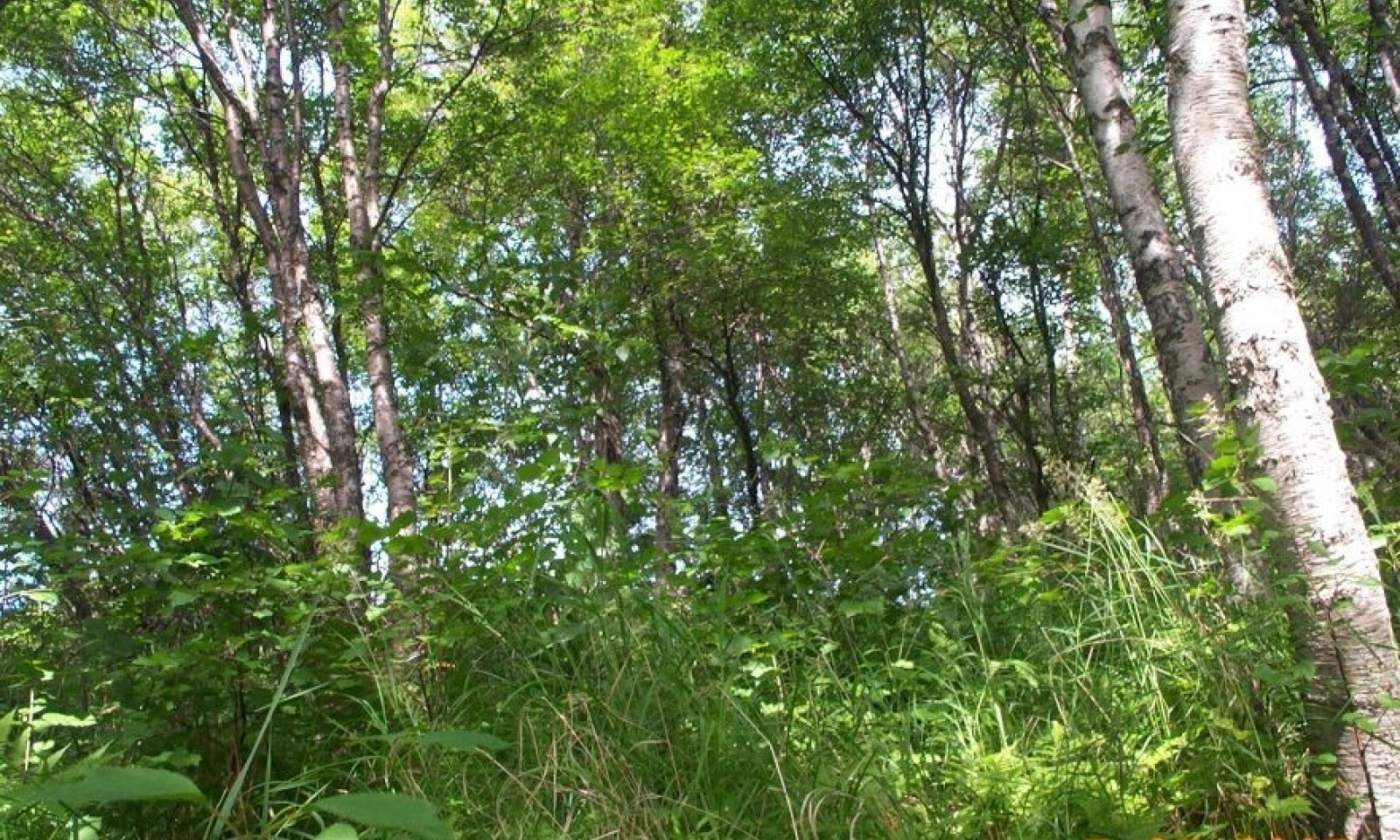




Description
This alternate state results from cultural or agronomic activities. Practices such as clearcutting can result in massive soil disturbance that in turn can produce an early community phase. As this community phase progresses, it typically produces a forest community dissimilar to community 1.1. This forest can support some species extant in the reference community phase, but it includes little, if any, white spruce (Picea glauca), has a lower abundance of shrubs, forbs, and graminoids, and has much less moss cover.
Continued anthropogenic activity typically prevents the forest from returning to the reference state. It is unknown whether community phase 2.1 will naturally shift back to the reference plant community if it can naturally progress with no further anthropogenic interference.
Submodel
State 3
Forestry State
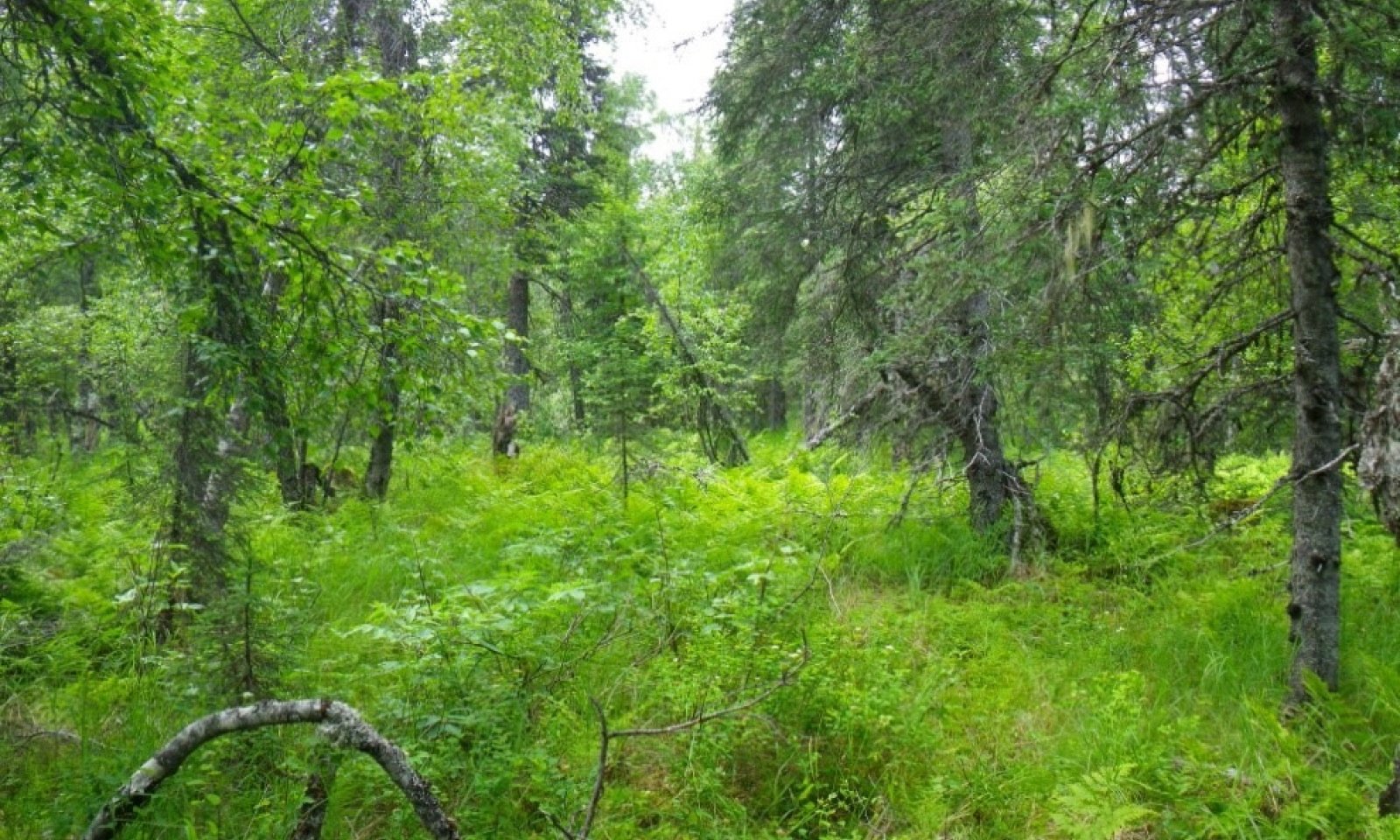




Description
This alternate state results from forestry practices, such as tree thinning and firewood harvesting, near and in the villages and towns. De-limbing and selective felling of white spruce and birch trees can open the understory to space and light without the major soil disturbance associated with windthrow. Forbs and graminoids can thrive and produce an early community phase different from that of the reference state. As trees eventually reclaim the canopy, a forest that is similar in the richness of species but different in the abundance as compared to the reference community typically becomes established.
Continued harvesting of trees generally prevents the forest from returning to the reference state. If community phase 3.1 is allowed to naturally progress, the forest canopy will close further and the understory shrubs, graminoids, and forbs will increase in richness and abundance. This will shift the community toward the reference state.
Submodel
Mechanism
Cultural or agronomic activity can cause a shift to an alternate state. The initial activity creates an early community phase of shrubs and graminoids similar to the early community phase of the reference state. The extent of soil disturbance from clearcutting by heavy machinery is thought to be similar to that from windthrow of trees.
Mechanism
Selective forestry techniques, including thinning and limbing of trees and harvesting of firewood, can create a meadow community. This transition is associated with less disturbance of the soil than is transition T1A. This may partially explain the differences between the early community phases of these two alternate states.
Mechanism
Continued anthropogenic use of these areas typically prevents the forest from returning to the reference state. Depending on the amount of disturbance, a natural transition from the cultural/agronomic alternate state to the reference state may be possible. The richness and abundance of plant species are similar in the early community phases of both states. If an area is used briefly and the seed bank is not highly disrupted, shade-tolerant species such as white spruce likely will grow. The alternate state may then transition back to the reference state. The period needed depends on various factors, including the level of use and the spread and growth rate of trees.
Mechanism
Discontinuation of forestry activity would be required for the alternate forestry state to return to the reference state. Forestry community 3.1 and the reference state communities differ mainly in the abundance of species (not richness); therefore, eliminating woodcutting and harvesting activity may allow the species in community 3.1 to spread and grow, possibly transitioning the community back to the reference state. The period needed depends on various factors, such as the level of previous activity and the spread and growth rate of trees.
Model keys
Briefcase
Add ecological sites and Major Land Resource Areas to your briefcase by clicking on the briefcase (![]() ) icon wherever it occurs. Drag and drop items to reorder. Cookies are used to store briefcase items between browsing sessions. Because of this, the number of items that can be added to your briefcase is limited, and briefcase items added on one device and browser cannot be accessed from another device or browser. Users who do not wish to place cookies on their devices should not use the briefcase tool. Briefcase cookies serve no other purpose than described here and are deleted whenever browsing history is cleared.
) icon wherever it occurs. Drag and drop items to reorder. Cookies are used to store briefcase items between browsing sessions. Because of this, the number of items that can be added to your briefcase is limited, and briefcase items added on one device and browser cannot be accessed from another device or browser. Users who do not wish to place cookies on their devices should not use the briefcase tool. Briefcase cookies serve no other purpose than described here and are deleted whenever browsing history is cleared.
Ecological sites
Major Land Resource Areas
The Ecosystem Dynamics Interpretive Tool is an information system framework developed by the USDA-ARS Jornada Experimental Range, USDA Natural Resources Conservation Service, and New Mexico State University.


